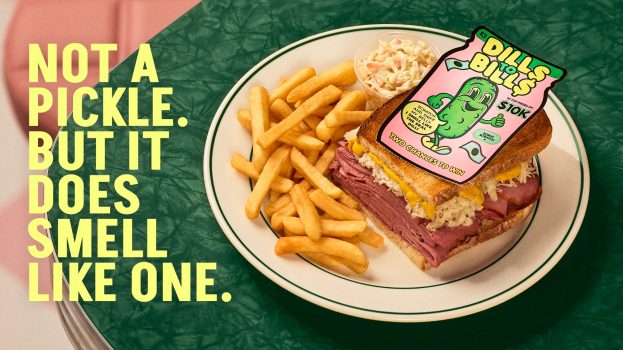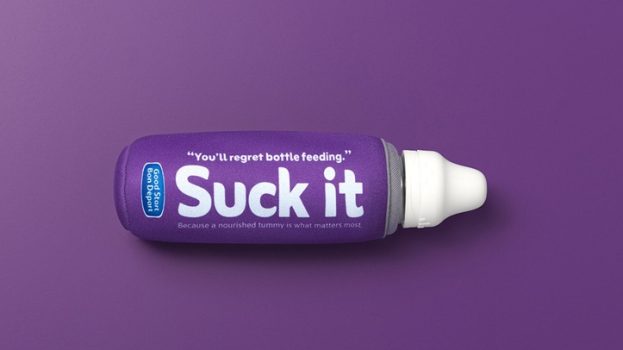This story originally appeared in the Nov/Dec 2020 issue of strategy.
In a sign that COVID-19 will spur long-term innovation across bricks-and-mortar, a growing number of businesses are experimenting with “ghost” concepts.
It started with “ghost kitchens” (a.k.a. “dark kitchens”), professional kitchen facilities used exclusively for online delivery. In recent months, many businesses have started using them to reach restaurant-goers and increase sales at a time when people are staying home.
In the spring, Recipe Unlimited opened Ultimate Kitchens, a delivery-only location through which customers can order food from its various banners, including Harvey’s, Swiss Chalet and Montana’s. Meanwhile, Kitchen Hub opened a food hall in Toronto, giving restaurants access to space they can rent to prep meals that are delivered through partners including SkipTheDishes, DoorDash and UberEats. [After this story went to press, Wendy’s opened a mobile ghost kitchen in a Toronto parking lot, with plans to roll out the concept more widely in the future).
In a different take on the model, Mad Radish, a fast-casual restaurant chain for “gourmet” salads and bowls, recently began serving pizzas and burritos in Toronto and Ottawa under two new banners, Luisa’s Burritos & Bowls and Revival Pizza. Each brand has their own digital storefront on UberEats, but the food all comes from one Mad Radish store. Founder and CEO David Segal (also the founder of DavidsTea) tells strategy that the model will help boost sales without the risks or operational costs of opening physical storefronts for the two new brands.
While suddenly more relevant, the “ghost kitchen” concept isn’t new. Based on a model in the U.S., Toronto-based Dekotas Group opened Ghost Kitchens in 2014, serving different menu concepts out of the same kitchen space. It now has 20 such locations across Canada.
This trend emerged in response to pre-COVID declines in restaurant dining, notes Robert Carter, managing partner at StratonHunter Group, which helps foodservice brands digitize their operations. Meanwhile, online orders placed through third-party apps were also already growing in the double digits, he says. “This idea of dark kitchens is the way the future of the market is going to evolve.”
With the pandemic, however, the trend has infiltrated other categories. In grocery, Whole Foods opened a “dark” store exclusively used for online orders. The purpose-built location acts more like a warehouse – with longer aisles and no fancy checkout displays – helping parent co. Amazon keep abreast of booming demand for online groceries.
Even CPG brands are getting in on the action. Kraft Heinz Canada recently transformed the kitchens of its Toronto and Montreal office buildings (currently ghost towns) into dark kitchens that test and serve comfort food to customers through online-only Kitchen 57 and Cuisine 5à7.
“We are using platforms like Kitchen 57 and Cuisine 5à7 to come up with innovative food options that blend Kraft Heinz products and that may also serve as growth opportunities for our foodservice customers,” says the CPG’s chief administrative officer, Av Maharaj. For example, its “Death by Cheesecake” dessert, offered through the kitchens, includes five Kraft Heinz brands: Philly cream cheese, Kraft Hazelnut Spread, Kraft Peanut Butter, Cool Whip and Baker’s Chocolate.
“Ghost kitchens are here to stay and represent a growth opportunity as food consumption at home increases,” adds Maharaj. “They’re a platform for new ideas, products and choices as the food landscape continues to evolve.”
























